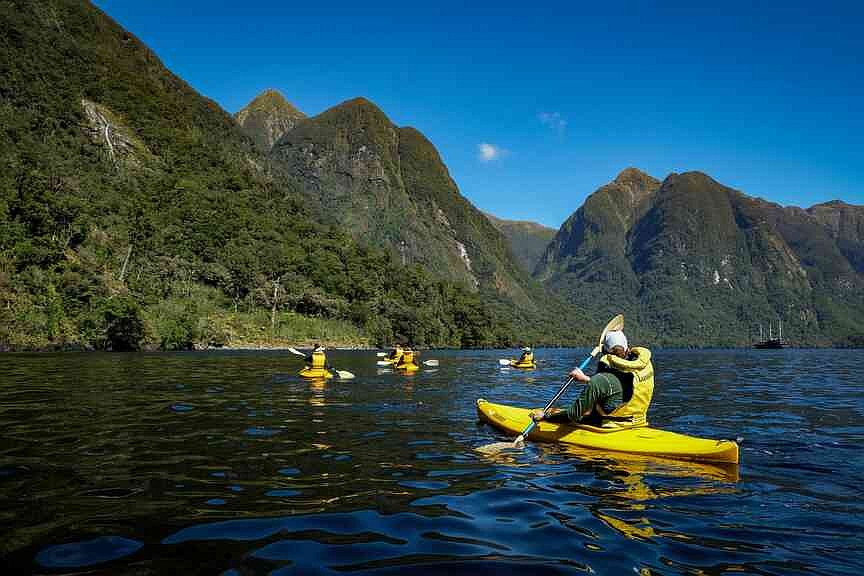WELLINGTON, New Zealand — On board a ship in Fiordland National Park, New Zealand, we all rush to the bow for a chance to see the rare Fiordland penguin.
The captain maneuvers the vessel closer to the rocky shore, allowing us to catch a glimpse of the distinctive pale yellow feathers above the penguin’s eye before it turns away.
We are in the Fiordland National Park, in the far southwest of New Zealand, an area which is known for its challenging weather. It has rainfall 200 days a year, for an annual average of 20 feet of rain.
There are also frequent storms in the region often referred to as the Roaring Forties, named after the strong westerly winds that occur in the Southern Hemisphere, generally between the latitudes of 40° and 50° south.
Most visitors opt for a brief trip to the renowned Milford Sound, but you can enjoy a far more tranquil experience on a mini-cruise in Doubtful Sound, including a night on board.
To reach Doubtful Sound, take a bus to Manapouri, then hop on a boat across the reservoir, grab another bus over a mountain saddle to Deep Cove, and there, the Fiordland Navigator awaits.
The three-masted ship is designed to resemble a traditional sloop.
As the vessel sets off, passengers are treated to views of the Browne Falls, one of the few permanent waterfalls in the area. Nature guide Divyesh Parmarm says most waterfalls form spontaneously after rain due to the steep rock faces.
Doubtful Sound, the second largest and deepest of the 12 fjords in New Zealand’s South Island, offers a tightly scheduled program for visitors. Activities include kayaking and dinghy tours, with the sea’s dark brown hue attributed to tannins from the trees.
The rainforest, untouched by logging, is home to various bird species, including the New Zealand falcon. Parmarm says the trees’ shallow roots intertwine for support, but during storms or heavy rain, they can cause tree avalanches.
Capt. Blake Reid adjusts the ship’s route daily according to the weather conditions, seeking sheltered spots within the fjord’s three arms.
In inclement weather, the Fiordland Navigator can moor in Precipice Cove.
Doubtful Sound, known as Patea by the Maori, was named by James Cook in 1770 as he was uncertain about navigating the fjord’s winds. Unlike Cook, Reid has motor power to enable him to steer the ship into the Tasman Sea, where passengers can spot fur seals on the Nee Islets.
The ship is cozy, with a bar, dining room, lounges, and observation decks. For dinner, there’s a buffet with plenty of options to pick from.
Parmarm gives us an engaging lecture with videos about the region’s dramatic weather and wildlife.
Later, we observe the starry sky and morning sunlight on the rock ridges.
Our cruise concludes with a visit to the Hall Arm, where the ship’s crew start the “Sound of Silence” ritual, as after all, Doubtful Sound is also known as “The Sound of Silence.”
They turn off the engines and generators and guests are asked to remain silent and still, creating a solemn and almost sacred moment.
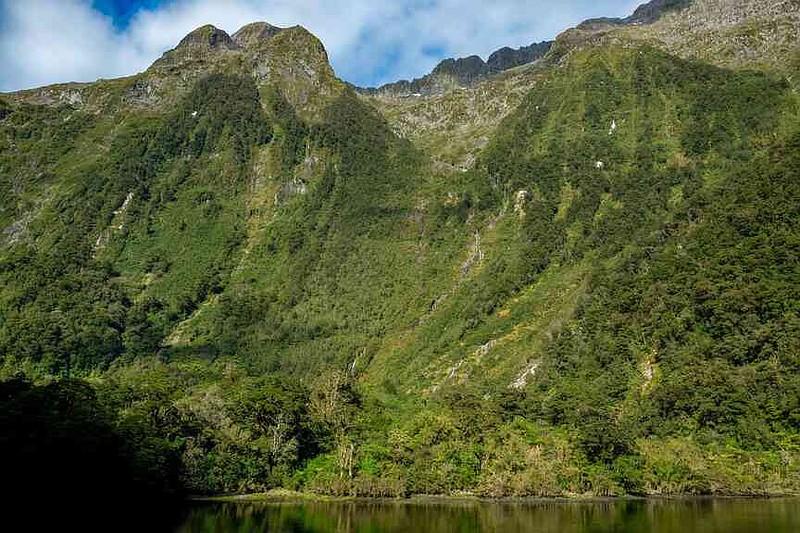
A moment of silence in Hall Arm, shows us why Doubtful Sound is also known as The Sound of Silence. (Florian Sanktjohanser/dpa/TNS)
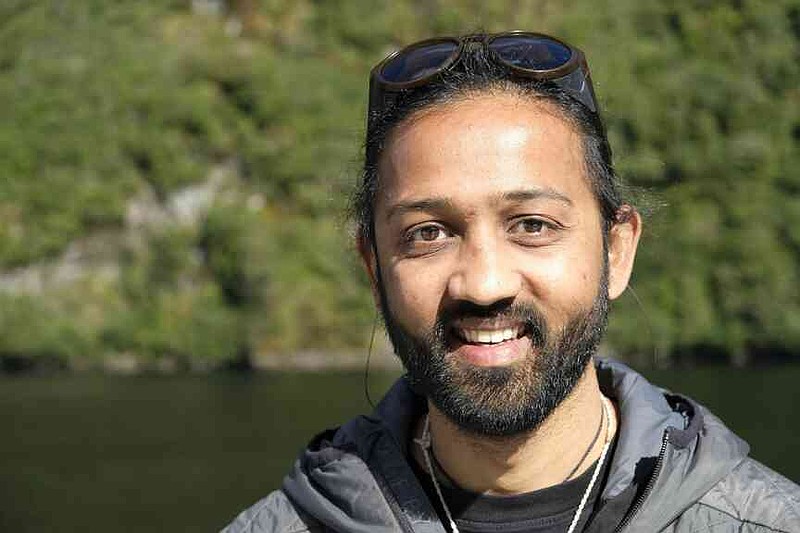
Divyesh Parmarm was our guide to the natural wonders we saw on board the boat in Doubtful Sound. (Florian Sanktjohanser/dpa/TNS)
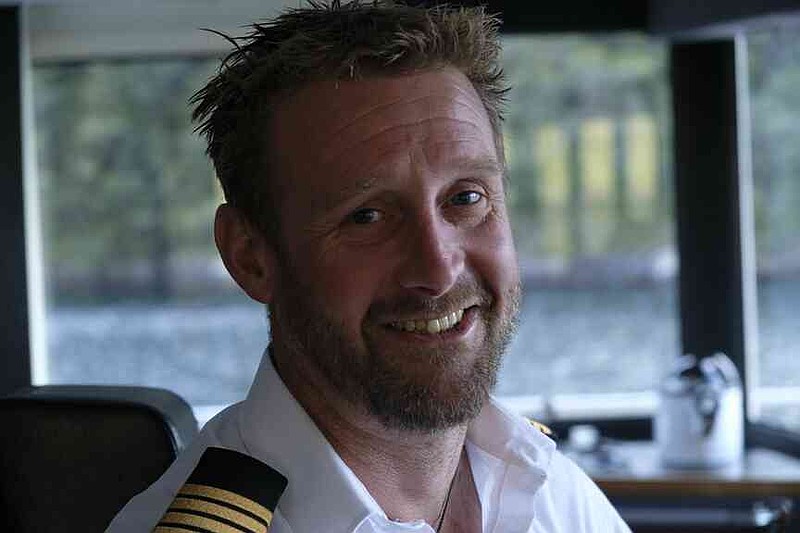
Blake Reid loves his job as captain as he steers guests aboard the Fiordland Navigator in New Zealand. (Florian Sanktjohanser/dpa/TNS)
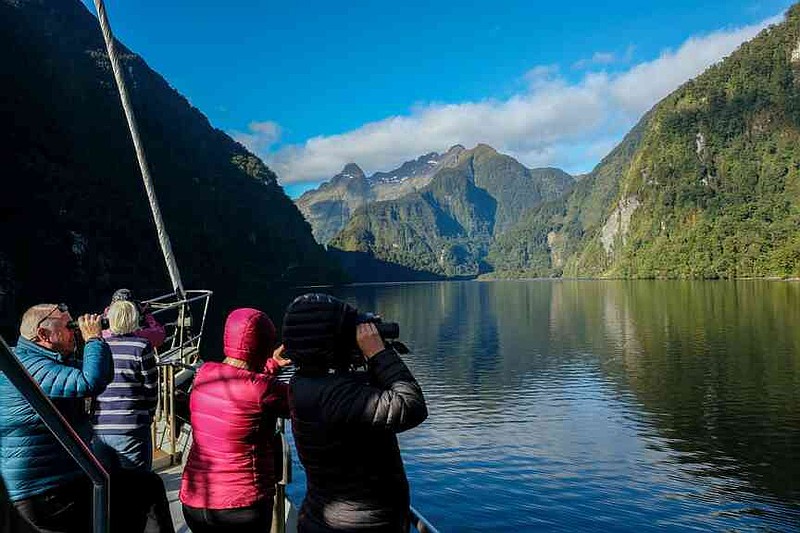
Hall Arm, the most beautiful area in Doubtful Sound. (Florian Sanktjohanser/dpa/TNS)
